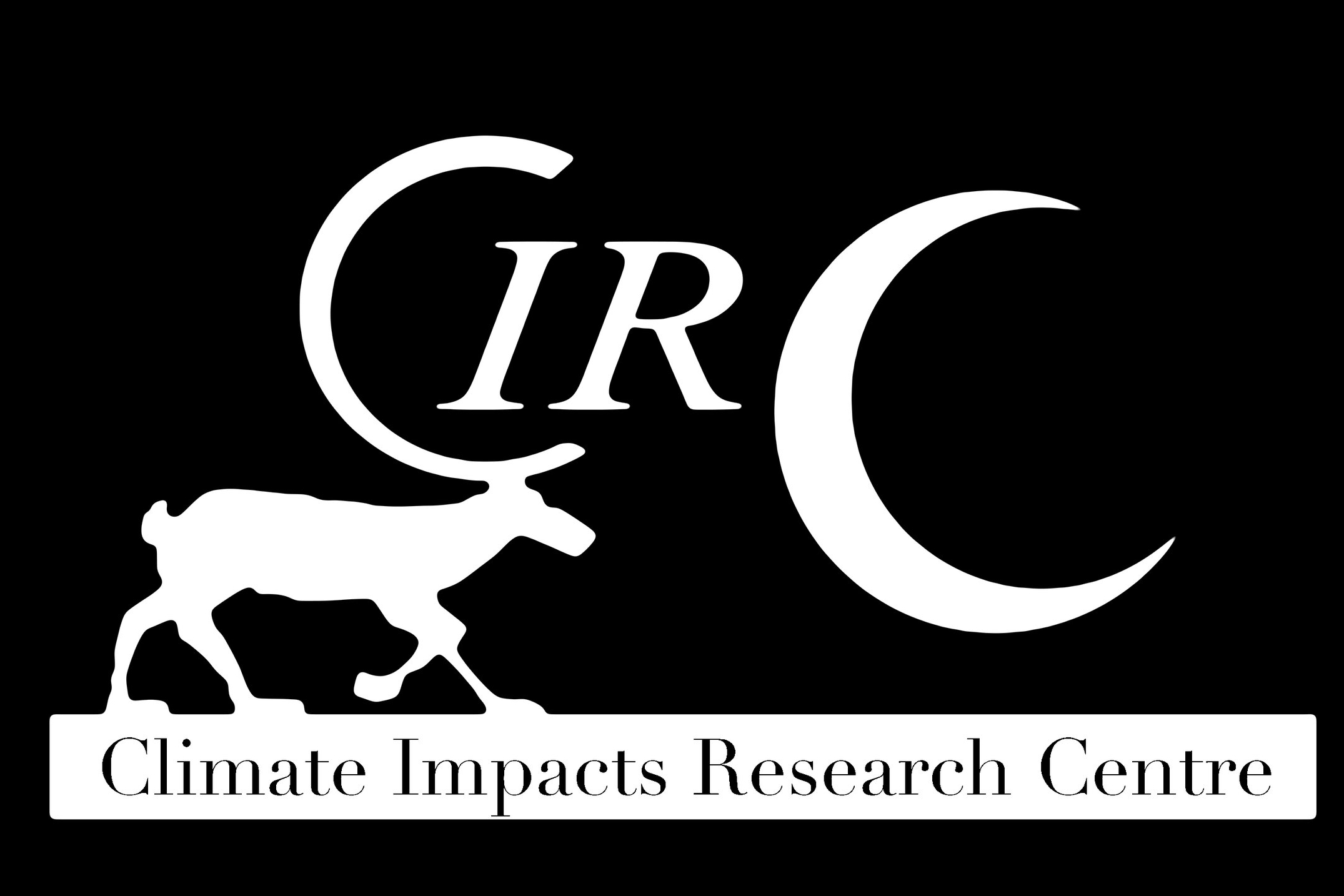Deep diversity: patterns, mechanisms and effects in below-ground vegetation
Project Summary
The objectives of my research program are to explore how below-ground vegetation contributes to patterns of species diversity, how below-ground mechanisms control diversity, and how the loss of diversity affects ecosystem services such as soil carbon sequestration.
Species diversity and species richness are basic features of all ecosystems, but our knowledge of vegetation diversity is based only on above-ground data. We examine predictions about variation in below-ground diversity following biological invasion, and along environmental gradients such as prairie-forest boundaries. Below- and above-ground diversity are likely to differ because of differences in the architecture and life spans of roots and shoots. New information about below-ground diversity has the potential to challenge long-held ideas about the processes that underlie vegetation structure and function.
Spatial patchiness is a widely-recognized cause of diversity, yet there are few comparisons of patchiness beneath vegetation types, and none at root-relevant scales. Previous studies of patchiness are based on scales (cm – m) that are coarse relative to the size of fine roots (< mm). We will measure fine-scale patchiness under contrasting vegetation types associated with climate change and biological invasion.
Biological invasions are accomplished by fast-growing species with high biomass that might be expected to increase carbon storage in soil. On the other hand, we have found that the roots of one wide-spread invasive species are nutrient-rich and easily decomposed, so that soil carbon does not increase following invasion. We will test the generality of this result with both field studies and experiments.
My research examines the functional ecology of below-ground processes that dominate vegetation and influence diversity in Canada. The significance of the program is that roots account for 80-90% of plant mass in temperate, arid and arctic vegetation. Further, below-ground production and decomposition regulate CO2 fluxes to the atmosphere approximately 10 times greater than those from fossil fuel combustion. The US National Academy of Sciences recommended six areas of ecology for priority funding. Five of these (biodiversity, biogeochemical cycles, climate change, invasive species and habitat alternation) are addressed by this program. Our program will also contribute to the conservation of diverse native grassland from invasion, and provide an understanding of the relative abilities of different plants to sequester C and nutrients in soil.
Collaborators
Gesche Blume-Werry, Umeå University (former PhD student)
Sabrina Träger, University of Regina (PhD Student)
Vasiliki Balogianni, Universidade Federal do Rio Grande do Sul, Brazil(former PhD Student)
Makoto Kobayashi, Hokkaido University, Japan
Christer Nilsson, Umeå University
Daniel R Schlaepfer, University of Basel, Switzerland
John Bradford, US Geological Survey, Southwest Biological Science Center, United States



